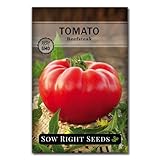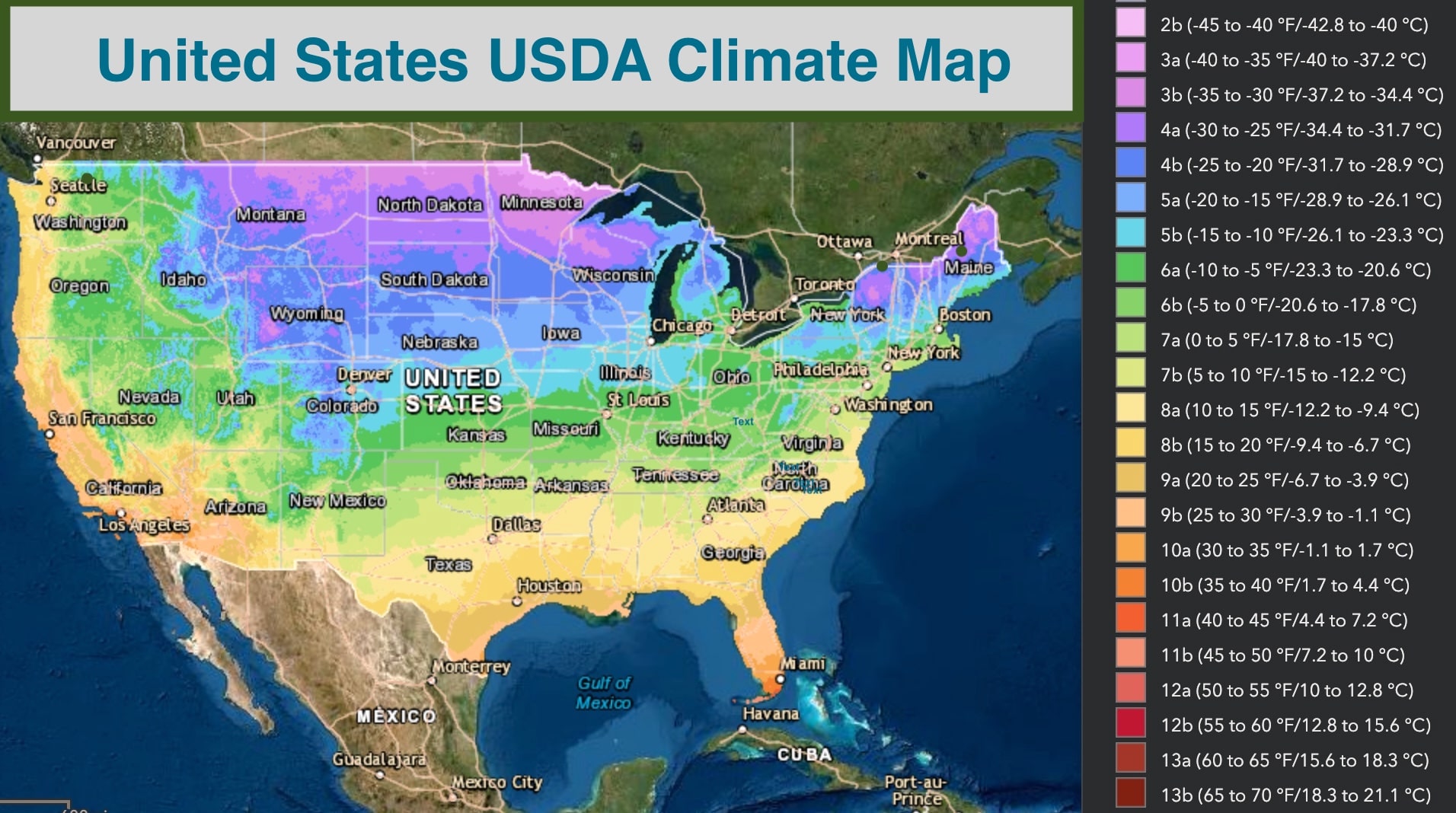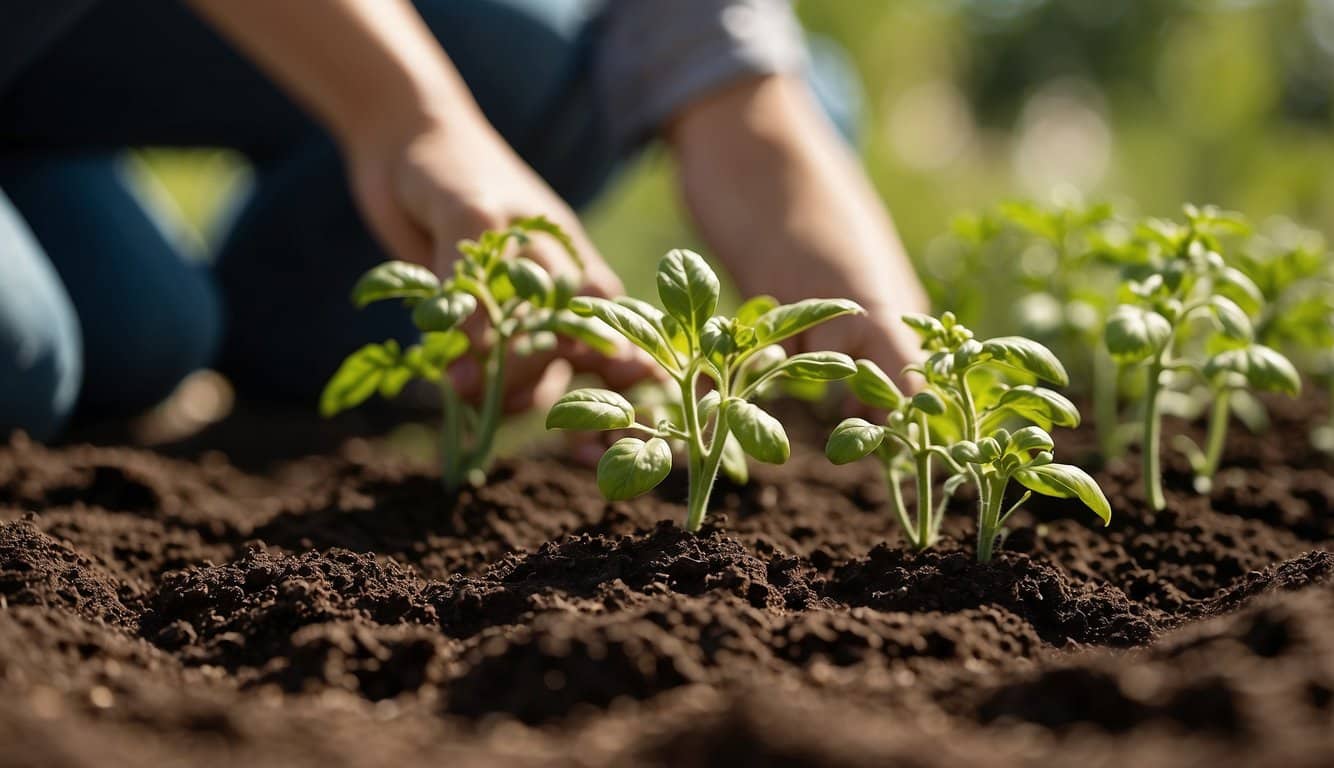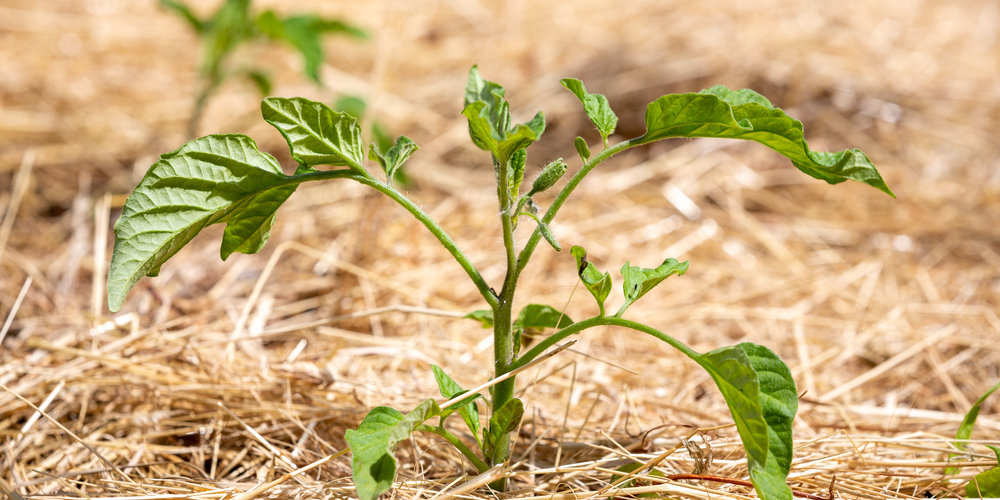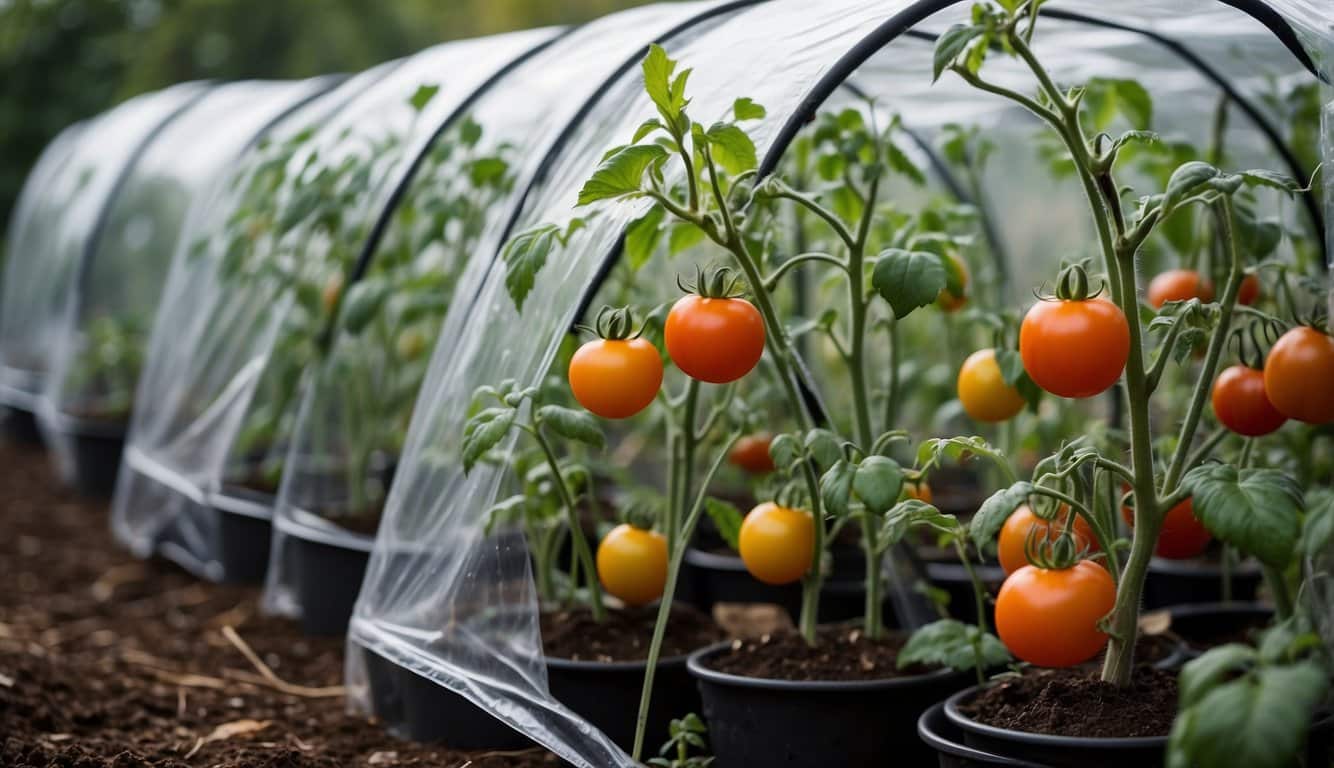| Question | What’s the best time of year to plant tomatoes in Minnesota? |
|---|---|
| Answer | After the last frost, typically late May to early June. |
| More Info |
|
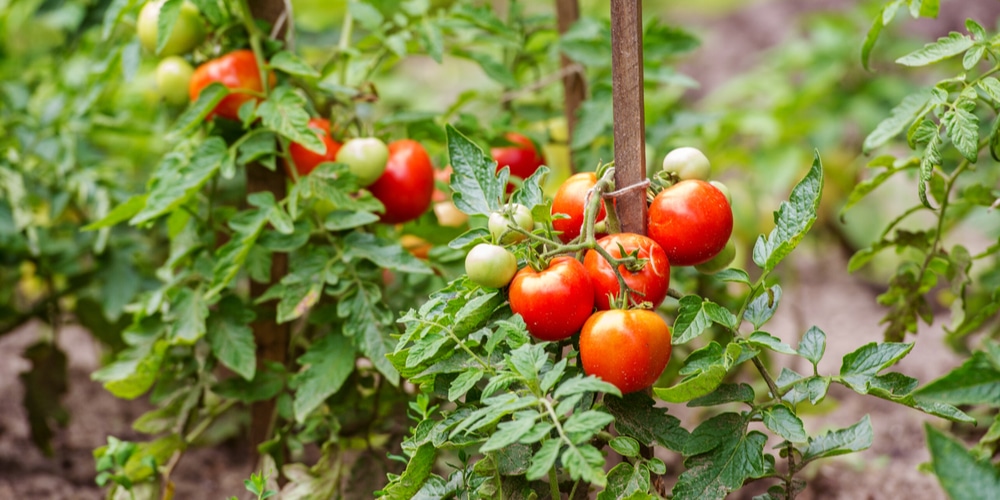
In Minnesota, the optimal time to plant tomatoes is after the last frost date, which can vary widely across the state but generally falls in late May to early June. The state’s cooler spring temperatures make it essential to start tomato seeds indoors around 6-8 weeks before this date.
This pre-planting period allows the plants to mature enough to handle the transition outdoors. Given Minnesota’s shorter growing season, selecting early-maturing varieties or those specifically bred for cold tolerance can greatly enhance the chances of a successful harvest.
Minnesota’s Climate Zones (Last Frost Timing)
Minnesota has a humid continental climate, which is characterized by cold winters and warm summers. The state is divided into four climate zones based on temperature and precipitation patterns.
Understanding these zones is important when deciding when to plant tomatoes in Minnesota.
The four climate zones of Minnesota are:
- Northwest Zone: This zone has the coldest temperatures in the state, with average winter lows of -10°F to -20°F (-23°C to -29°C). The growing season is short, with an average of 90 to 120 frost-free days.
- Northeast Zone: This zone has a slightly longer growing season than the Northwest Zone, with an average of 120 to 150 frost-free days. The average winter lows are -10°F to 0°F (-23°C to -18°C).
- Central Zone: This zone has a longer growing season than the Northwest and Northeast Zones, with an average of 150 to 180 frost-free days. The average winter lows are 0°F to 10°F (-18°C to -12°C).
- Southern Zone: This zone has the longest growing season in the state, with an average of 180 to 200 frost-free days. The average winter lows are 10°F to 20°F (-12°C to -7°C).
Tomatoes are warm-season crops that thrive in temperatures between 55°F and 95°F (13°C to 35°C). In Minnesota, these conditions typically occur between late May and early September.
Therefore, the best time to plant tomatoes is in late spring when the risk of frost has passed and the soil has warmed up.
However, the exact planting time will vary depending on the climate zone.
Gardeners in the Northwest and Northeast Zones should wait until early June to plant tomatoes, while those in the Central and Southern Zones can plant earlier, in late May or early June.
In addition to temperature, it is important to consider precipitation patterns when planting tomatoes.
Minnesota’s climate means that tomato diseases are common, and many of these diseases can be prevented by using cultural practices such as adequate plant spacing, pruning, rotation, and watering at the base of the plant.
Early blight is a common tomato disease in Minnesota, and it causes leaf spotting and occasional fruit rot.
Gardeners should also be aware of the risk of late blight, which can be a problem in wet years.
Optimal Planting Times for Tomatoes in Minnesota
When it comes to planting tomatoes in Minnesota, timing is everything. Getting the timing right can mean the difference between a bountiful harvest and a disappointing one.
In this section, we’ll explore the optimal planting times for tomatoes in Minnesota, broken down into early, mid, and late season considerations.
Early Season Planting
Early-season planting is an option for those eager to get a jump start on the growing season. However, it’s important to wait until the danger of frost has passed before planting. In Minnesota, this typically occurs around mid- to late May.
For early season planting, it’s recommended to start tomato seeds indoors about 6-8 weeks before the last expected frost date.
This allows the seedlings to grow and develop before being transplanted outside.
It’s also important to ensure that the soil temperature is at least 50 degrees Fahrenheit before planting.
Midseason Planting
Midseason planting is the most common option for growing tomatoes in Minnesota. This typically occurs in late May to early June, after the danger of frost has passed.
When planting in midseason, make sure to choose tomato varieties that are well-suited to Minnesota’s climate.
Look for varieties that have a shorter growing season and can withstand cooler temperatures.
Some popular varieties for Minnesota include Early Girl, Celebrity, and Roma.
Late Season Considerations
For those looking to extend the tomato growing season, late season planting is an option. This typically occurs in mid to late July, after the risk of frost has passed.
When planting in late season, make sure to choose tomato varieties that mature quickly.
Look for varieties that can go from seed to harvest in 60-70 days.
It’s also important to keep in mind that as the season progresses, temperatures will begin to cool, which can slow down growth and affect fruit quality.
Preparing the Soil for Tomato Planting
Growing healthy tomato plants requires proper soil preparation. Here are some tips on how to prepare the soil for planting tomatoes in Minnesota.
Soil Testing and Amendments
Before planting tomatoes, it’s essential to test the soil’s pH level and nutrient content.
Minnesota gardeners should aim for a pH level between 6.0 and 6.8, which is slightly acidic to neutral.
Soil testing kits are readily available at most garden centers or online.
If the soil’s pH level is too low, add lime to raise it. If it’s too high, add sulfur to lower it.
Additionally, adding organic matter, such as compost or aged manure, can improve soil fertility and structure.
Choosing the Right Location
Tomatoes thrive in full sun, so choose a location that receives at least six hours of direct sunlight per day. Avoid planting tomatoes in areas that are shaded or have poor drainage.
Also, consider rotating the planting location each year to prevent soil-borne diseases from building up.
If possible, plant tomatoes in a different spot each year, ideally in a part of the garden where no nightshade family plants have grown in the past three years.
Selecting Tomato Varieties Suitable for Minnesota
When it comes to growing tomatoes in Minnesota, selecting the right varieties is crucial for success.
The state’s unique climate and shorter growing season require tomato plants that are hardy, disease-resistant, and capable of producing delicious fruits even in cooler temperatures.
Here are some tomato varieties that are suitable for growing in Minnesota:
1. Early Girl
Early Girl is a popular tomato variety that is known for its early maturity. It produces medium-sized fruits that are flavorful and juicy. This variety is ideal for Minnesota’s shorter growing season.
2. Celebrity
Celebrity is another popular tomato variety that is suitable for growing in Minnesota.
It is disease-resistant and produces high yields of medium-sized fruits. This variety is also known for its excellent flavor.
3. Roma
Roma is a popular paste tomato variety that is ideal for making sauces and canning.
It produces oblong-shaped fruits that are meaty and flavorful. This variety is also disease-resistant and can withstand cooler temperatures.
4. Cherry Tomatoes
Cherry tomatoes are a great option for Minnesota gardeners who want a quick and easy harvest.
They are small, sweet, and flavorful, and can be eaten fresh or used in salads.
Cherry tomato varieties such as Sun Gold and Sweet Million are ideal for growing in Minnesota.
Protecting Tomatoes from Cold Weather
When planting tomatoes in Minnesota, it is essential to protect them from cold weather. The state’s weather conditions can be unpredictable, and a sudden drop in temperature can damage or kill tomato plants.
Here are some ways to protect your tomato plants from cold weather.
Using Row Covers
Row covers can help protect tomato plants from cold weather.
These covers are made of lightweight fabric that allows sunlight and water to pass through while trapping heat. They are easy to use and can be placed over the tomato plants when the temperature drops.
To use row covers, simply drape them over the tomato plants and secure them with stakes or clips.
Make sure the covers are not touching the plants directly, as this can damage them. Row covers can be left on the plants for several days or until the temperature rises above freezing.
Implementing Cold Frames
Cold frames are another way to protect tomato plants from cold weather.
These structures are like mini greenhouses that trap heat and protect plants from the elements. They are easy to build and can be made from wood or PVC pipes and plastic sheeting.
To use a cold frame, place it over the tomato plants and secure it with stakes or clips.
Make sure there is enough ventilation to prevent overheating. Cold frames can be left on the plants for several days or until the temperature rises above freezing.
Frequently Asked Questions
What is the optimal time of year to start tomato seeds indoors in Minnesota?
For those who want to start their tomato plants from seed, it is recommended to start them indoors approximately 6-8 weeks before the last expected frost date.
This means that for most of Minnesota, tomato seeds should be started indoors sometime in late February or early March.
How do I determine the last frost date for planting tomatoes in Minnesota?
The last frost date in Minnesota varies depending on where you are in the state. However, a good rule of thumb is to look for the average last frost date for your specific area.
The Minnesota State Horticultural Society provides a helpful resource for determining the last frost date in your area.
What are the recommended tomato varieties for Minnesota’s climate?
Minnesota’s climate is generally cool and humid, which can make it challenging to grow certain types of tomatoes.
However, there are several tomato varieties that do well in Minnesota’s climate, including Early Girl, Celebrity, and Roma tomatoes.
What is the best month to transplant tomato seedlings outdoors in Minnesota?
The best month to transplant tomato seedlings outdoors in Minnesota is generally in late May or early June, after the last expected frost date has passed and the soil has warmed up sufficiently.
How late in the season can I safely plant tomatoes in Minnesota?
Tomatoes should be planted in Minnesota no later than mid-July to ensure that they have enough time to mature before the first frost of the season. However, it is generally recommended to plant tomatoes earlier in the season to ensure a better yield.
Are there any special considerations for planting tomatoes in a Minnesota vegetable garden layout?
When planting tomatoes in a Minnesota vegetable garden, it is important to ensure that they are spaced at least 2-3 feet apart to allow for proper air circulation and to prevent the spread of disease.
Additionally, it is recommended to plant tomatoes in a location that receives at least 6-8 hours of sunlight per day.
Last update on 2025-06-06 / Affiliate links / Images from Amazon Product Advertising API
